Michele Epifani
February 5, 2018
The Volunteer Center of South Jersey is a proud sub-grantee of Volunteer Generation Fund, partnering with New Jersey’s Governor’s Office on Volunteerism and other sub-grantees around the State. VCSJ believes that a strong focus on tracking time and utilizing volunteer talent to full capacity is integral in the development of successful and sustainable volunteering programs. With much uncertainty looming around the future of available funding and donor support, volunteer time and talent becomes a major focus for many nonprofit organizations in New Jersey.
In our efforts to find the best of breed resources and trainings, we are launching our blog platform to engage our non profit colleagues and their volunteers in conversations that will open innovative doors in Volunteer Management.
Our efforts are complimented by the writings of Kathy Wisniewski, a long-time friend and business colleague of VCSJ and her partner Ben Bisbee, our new friend and colleague. Their message, so eloquently laid out by Kathy and Ben, is one that resonates with me because their message is our mission. We invite you to enjoy reading and look forward to your comments. Part Two of their series will be featured in March 2018.
Michele Epifani (Executive Director, VCSJ)
Please note, this article is part one of a three-part series that was originally written for VolunteerMatch and featured on their Engaging Volunteers blog in 2017.
Written by Kathy Wisniewski and Ben Bisbee
Series Introduction
As a centuries-old global institution, volunteerism started to finally become a thing that was “managed” in the early 1700’s with the design of Benjamin Franklin’s volunteer firehouse. A management model that’s still in existence today by almost 70 percent of all fire departments. In the last 300-plus years, we have seen volunteerism and volunteer management transform, grow, and refine itself. And now in 2017, we feel it’s time for another evolution.
As part one of a three-part series, volunteer thought-leaders Ben Bisbee and Kathy Wisniewski are introducing a simple but paradigm shifting idea they think could be ground-breaking: what if we tracked volunteer time and talent more dynamically?
Part One
You’ve just been asked by leadership to contribute volunteer information to your “Annual Community & Donor Report” — no problem. You had a banner year, leveraging volunteers in a wealth of organizational efforts, events, and for day-to-day support. Excited about the year’s accomplishments, you are more than happy to share your volunteer contributions in the report and fire off a quick email to leadership in response:
This past year we had X volunteers volunteering, with X total number of hours contributed to the organization. *click send*
Woah. Stop. No.
How are you tracking your volunteer contributions? Just in hours and numbers of individuals? That’s like only tracking employees by who clocks in and how many people are on shift. And of course this is the norm. After all, it’s what’s expected of you — barring the occasional narrative or promotional story.
But in 2017, it’s painfully limited. And assuming you really are excited about the year’s accomplishments by your volunteers, we think it’s time to consider new and fresh ways to more powerfully track your volunteer time and more effectively showcase their dynamic contributions.
Why? And How?
Beyond the power of telling the story of your volunteers and their contributions more effectively, there is also the monetary value that organizations use to enhance nonfinancial assets and showcase grant and funding potential. As you probably already know and utilize, Independent Sector has estimated that a volunteer’s time is valued at $23.56 per hour, on national average.
But let’s note the word “average.” As you can imagine, depending on the roles and tasks your volunteers are performing, the rate can be a little less or dramatically more. Moreover, we think the rate should increase. And be reported. And be leveraged.
Think about it. You don’t pay your administrative assistant the same amount as your marketing executive, do you? So what if you took the intent behind the Independent Sector’s model of an “average” volunteer’s hourly rate and instead started tracking volunteer hours based on specialized and skill-based volunteers at their appropriate hourly rate as determined by the Bureau of Labor Statistics?
No, Really. And We’re Here to Help Do That Exact Thing in Four Easy Steps.
First, think about the volunteer roles of your organization as a spectrum of specialized skills. Some of them are probably performing “average” roles. But what about the ones who are not? What about the volunteers who are focused on key and specialized roles? With those volunteers in mind, create a set of defined volunteer roles reflective of your nonprofit’s volunteerism. To get you started, we’ve created an example list below:
In each of these examples, you probably have volunteers who are contributing a wealth of time and talents that on average are supporting well over the “average” rate of $23.56 an hour. Which leads us to the next step…
Second, associate each defined volunteer role with an hourly rate reflective of their role, easily found on the Bureau of Labor Statistics website. This will allow you to show all your stakeholders the depth of the impact that your volunteers, and therefore your organization, are making. But wait! We decided to save you some time and created a handy little chart ourselves (click the link to see chart):
*Let’s talk for a moment about the hourly rate range. To create the range within the chart we searched the Bureau of Labor Statistics within the categories or key terms associated with each defined volunteer role and/or title and showcased the core median pay ranges.
Why a range? As you’ll see in the Bureau of Labor Statistic link, there are variables based on types of roles and the depth each of role. So your volunteer’s fundraising position could be extremely entry-level (like making solicitation calls) or they could be far more dynamic and skill-based (like a board member or pro bono grant writer). So our handy little chart helps you not only see the range, but think about your own target hourly rate based on the role or roles your volunteers are contributing. Does this mean you should create tiers or distinctions within the defined roles themselves? Where does the madness stop?! Our feeling is that it should depend on two factors:
- Do you have enough volunteers working in the defined roles to create tiers? If you are talking about dozens or hundreds of volunteers, maybe. If not, we suggest picking a median or average hourly rate to associate their time.
- Are we talking about general volunteer support or skill-based volunteerism? If we’re talking about highly skilled volunteer contributions, that is another factor to not only consider but highlight more dynamically overall. So much so, we’re covering that in Part Two of this blog next week.
Third, create a new way to track the hours of volunteers and volunteer roles associated with each of the specialized skills within your spectrum. There are many good systems and platforms available that will allow you to successfully accomplish this. Find the one that appropriately fits your organization and the process of properly tracking volunteer time and value will be made quite easy. In this model you’ll want to ensure:
- Volunteer hours and their specific roles are tracked
- Specific roles are tagged or can be tracked against their individual financial contributions
And fourth and finally, sing your new tracking system from the rooftops and proudly share with the world the number of volunteers you have, the amount of hours they worked, and the real life roles and impact they make within your organization. This is going to have to be a process you’ll need to institutionalize and build buy-in for because it will seem revolutionary to some and odd to others.
Like any paradigm shift, you don’t want to just create the methods to track these kinds of volunteer efforts for your organization, you want to also think about how to culturally adopt this information within a variety of organizational models including your annual report, your monthly updates, and ways to recruit, retain, and celebrate volunteers. By utilizing a method like this, you will be able to demonstrate the benefits and impact that volunteers have on your organizational mission in a much more holistic way — and that is worth its weight in gold (pun intended).
Final Thoughts for Part One
In one way or another, volunteers are helping you accomplish your mission. They volunteer for your organization because they genuinely want to be there. They volunteer out of the kindness of their hearts and can often have a greater stake in the organization than your paid employees. Surely, we can do better and owe them something more meaningful than reporting on only the number of volunteers involved and hours served.
And moreover, it’s time to stop thinking of volunteers as just “one of many” and instead as individual, diverse, essential, and effectively categorized human capital for your organization. It’s time to track them smartly, value their individual contributions more powerfully, and showcase those contributions proudly.
Next Week With Part Two?
We’re going to take a deeper look at the rising trend of skills-based and pro bono volunteerism and how volunteer talent and time tracking is not only an essential part of the equation of effectively tracking their efforts, but is also essential in creating your skills-based model and recruiting highly invested volunteers for your skills-based and/or pro bono volunteer program.
And in Part Three we’re going to address the power of volunteer talent and time tracking associated with volunteer recruitment, retention, and communicating transparently about both broad and specific volunteer contributions.
About Authors, Kathy & Ben
Industry leaders Kathy Wisniewski and Ben Bisbee are the founders and creative team behind 31st Century Nonprofits a think tank supported by Rhinocorn Consulting, working to change the nonprofit lexicon and landscape by offering a brand of fresh, creative, theory-driven, and progressive industry topics and tactics with a modern focus.
Ben Bisbee is the founder and principal of Rhinocorn Consulting, an engagement expertise consultancy advising nonprofit leaders with their fundraising, volunteer, communications and partnership strategies, including Share Our Strength, 4-H National Council, The National Military Family Association, The Ronald McDonald House, Cleaning For A Reason, the American Red Cross, and others.
Kathy Wisniewski CVA, is the Administrative Services Officer for the Histiocytosis Association and has spent most of her career in volunteer program design and management. She is also a passionate writer and advocate for virtual management and employment design for the for profit and nonprofit industries.


